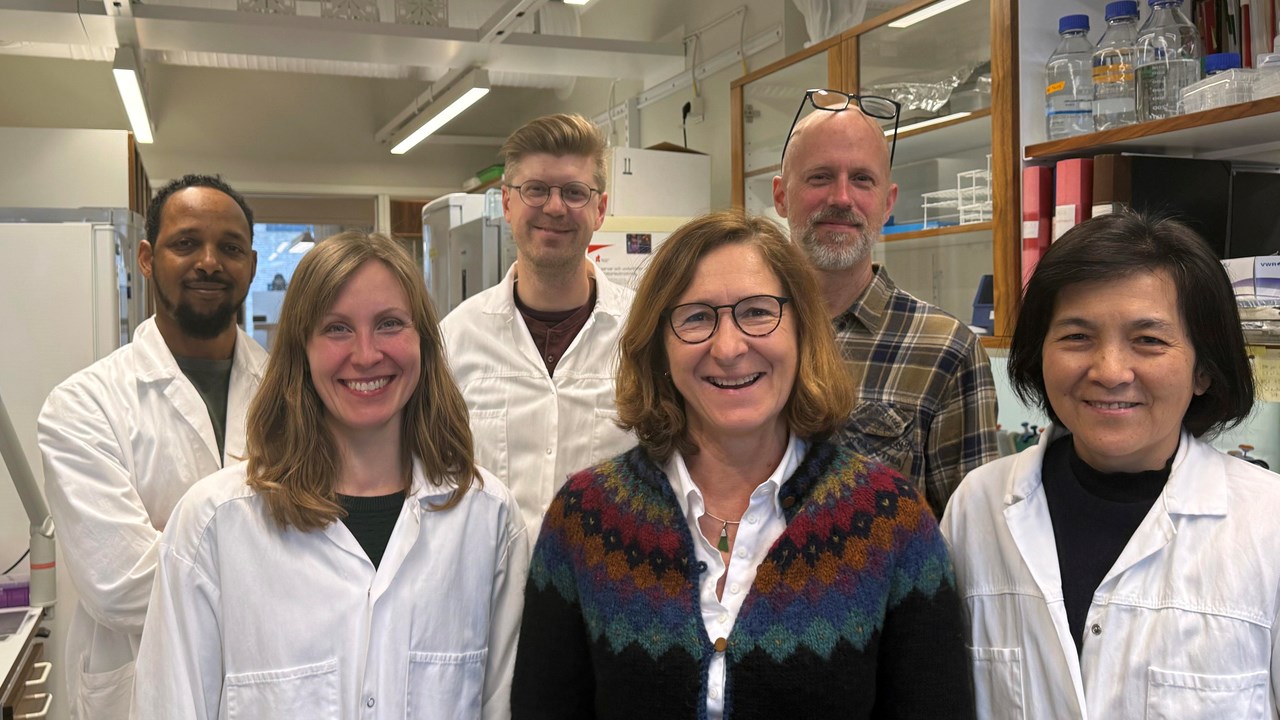About the study
fhl2b mediates extraocular muscle protection in zebrafish models of muscular dystrophies and its ectopic expression ameliorates affected body muscles
Nils Dennhag, Abraha Kahsay, Itzel Nissen, Hanna Nord, Maria Chermenina, Jiao Liu, Anders Arner, Jing-Xia Liu , Ludvig J. Backman, Silvia Remeseiro, Jonas von Hofsten, Fatima Pedrosa Domellöf
Doi 10.1038/s41467-024-46187-x




